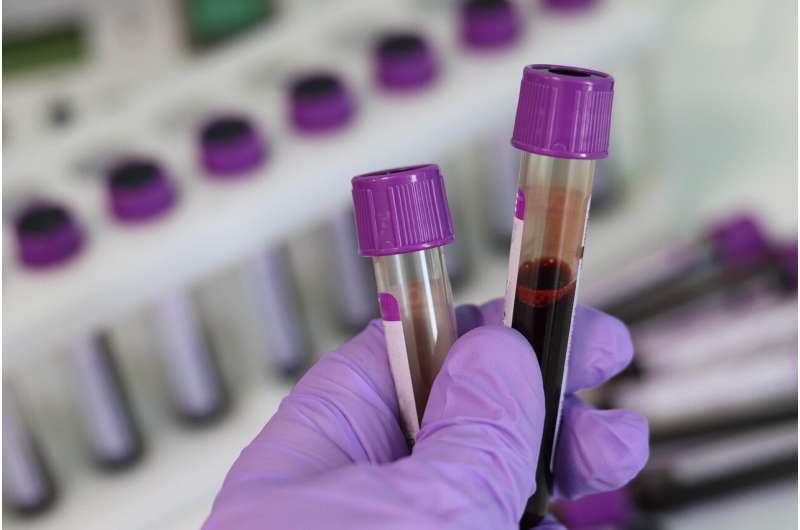
Latest research from UNSW Sydney’s Center for Healthy Brain Aging (CHeBA) has uncovered new insight into the underlying mechanisms of Alzheimer’s disease.
The findings, published in Translational Psychiatry, examined differences between the plasma lipidome of people with Alzheimer’s disease and ‘healthy’ individuals of the same age from CHeBA’s Sydney Memory and Aging Study aged between 75 and 97 years.
Alzheimer’s disease is a progressively neurodegenerative disease clinically defined by a progressive loss of memory and other cognitive deficits. Despite it being one of the major challenges for the 21st century’s public health and economic system, there is still no consensus on the cause of this disease.
Senior author and Leader of CHeBA’s Brain Aging Research Laboratory, Dr. Nady Braidy, said that the lack of effective treatments and the potential for prevention highlight the importance of identifying early biomarkers for diagnosis, with blood lipids now emerging as promising identifiers of Alzheimer’s disease.
“Although there have been numerous studies on the association between lipids and the biological pathology of Alzheimer’s disease, few studies have looked at the plasma lipidome,” said Dr. Braidy.
“This research looked to determine whether lipid profiles are associated with genetic risk of Alzheimer’s disease,” he said.
The benefit of lipidomics in biomarker research is that it simultaneously identifies and quantifies hundreds of lipids, acting as a powerful tool for mapping global biochemical changes in disease and treatment. However, the separation of the brain from the periphery is a major challenge when examining the biological significance of plasma lipids in Alzheimer’s disease, since not all lipids can be transported across the blood-brain barrier.
“This separation may likely be compromised by age-related changes in the blood brain barrier, affecting lipid and amyloid beta—the main component of the amyloid plaques found in the brains of people with Alzheimer’s disease,” said Dr. Braidy.
The research team developed a classification model, using plasma cholesterol esters, sphingomyelin and triglycerides, to discriminate Alzheimer’s disease from controls with 80% accuracy.
The study also highlighted that genes related to Alzheimer’s disease play a role in influencing lipids that are associated with Alzheimer’s disease, reinforcing the consequence of physiological factors—such as inflammation—on brain aging.
“The results in the cellular lipidome support findings that certain genes play a contributory if not causal role in bringing about changes in lipid profiles of people with Alzheimer’s disease,” said Dr. Braidy.
Co-Director of CHeBA and co-author Professor Perminder Sachdev said “quantifying these plasma lipids using mass spectrometry provides renewed insight in the underlying mechanisms of Alzheimer’s disease.
Source: Read Full Article
